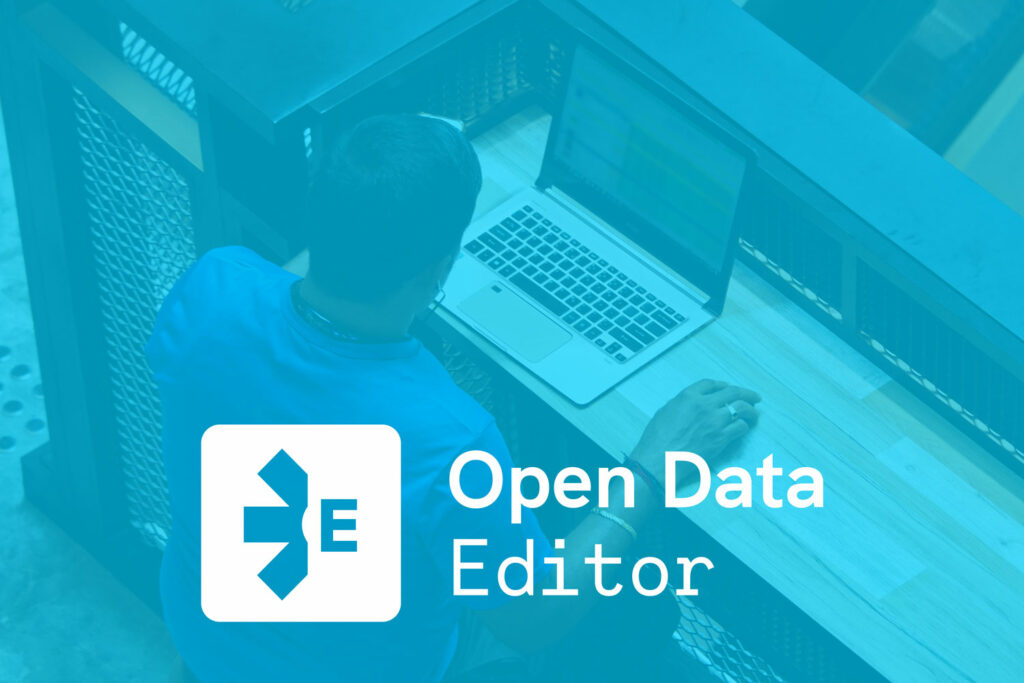
As announced in January, this year the Open Knowledge Foundation (OKFN) team is working to develop a stable version of the Open Data Editor (ODE) application. Thanks to financial support from the Patrick J. McGovern Foundation, we will be able to create a no-code tool for data manipulation and publishing that is accessible to everyone, unlocking the power of data for key groups including scientists, journalists and data activists. (Read more about the Open Data Editor).
[Disclaimer: Open Data Editor is currently available for download and testing in beta. We are working on a stable version. Updates will be announced throughout the year. Learn more here.]
The Open Data Editor is built on top of Frictionless Data specifications and software, and is an example of a simple, open-by-design alternative to the complex software offered by the Big Tech industry. Developing this type of technology is part of our current strategic focus on promoting and supporting the development of open digital public infrastructure that is accessible to all.
As part of this, we want to open up this process in a series of blogs, sharing with the community and those interested in the world of open data how each stage of the creation of this software is developing.
Since the beginning of the year, we’ve been working on building the ODE team and conducting the first phase of user research. We have interviewed 10 people so far, covering different user profiles such as journalists, people working in NGOs and the private sector, and data practitioners in general. Our vision of technology is centred on simplicity and people. We want to encourage real uses of really useful software.
Here’s what we are learning along the way when it comes to user research:
- Practice being a good listener. Being part of the open data community in LatAm, many of the problems people described to me during the interviews were the same ones I face every day. The interviews tested my ability to listen more and talk less 🙂
- Paper and pencil. Even if you are recording the interview, make sure you have paper and pencil to write down important things that people might say after you have finished recording.
- Think about your own biases. At OKFN we set a clear timeframe for the user interviews. For the first phase, we decided to start with people we knew from our open data network, based on clear data profiles. Most of them were women (7) and all of them were born in the Global South (Latin America), although some of them work in non-regional positions or the Global North. I disclosed this bias to the team and as the project progresses, I will ensure that I enrich the user research with people from other regions.
- Iterate between documentation, user research and the team you are working with. After your user research, revisit the tool’s documentation. This is always a good exercise. You will discover other key elements that you thought were not there before. Also, when trying to understand the technical elements of the project, ask more than one person in your team to explain to you “how this thing works”. I’m sure you’ll get different answers and they’ll be complementary 🙂
- You don’t have to transcribe everything: group the results of interviews by topic to see patterns clearly. Before interviewing people, try to think about the issues you want to address with your questions. Then label the answers so that you can easily see patterns.
If you want to get more closely involved with the development of the Open Data Editor application, you can express your interest in joining one of the testing sessions by filling this form.
You can also email us at info@okfn.org, follow the GitHub repository or join the Frictionless Data community. We meet once a month.








